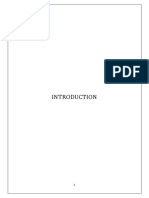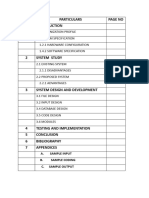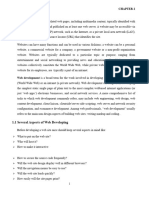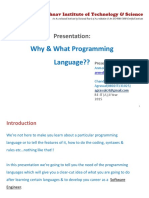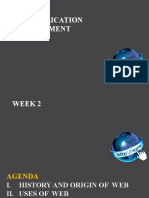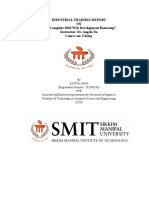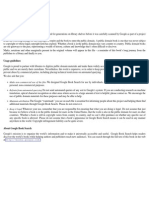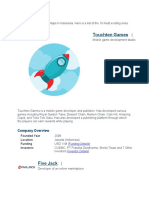0% found this document useful (0 votes)
67 views15 pagesMIS Section 1-Introduction
This document provides an introduction to information systems and their components. It discusses what a system is, defined as a set of interrelated components working together to achieve objectives. It then defines an information system as a combination of hardware, software, infrastructure and personnel organized to facilitate planning and decision making in an organization. Application software types are identified as mobile, desktop, and web applications. Web applications are further described as programs stored on remote servers and delivered via browsers. HTML and CSS are introduced as technologies used to define the structure and formatting of webpages.
Uploaded by
sona00Copyright
© © All Rights Reserved
We take content rights seriously. If you suspect this is your content, claim it here.
Available Formats
Download as PDF, TXT or read online on Scribd
0% found this document useful (0 votes)
67 views15 pagesMIS Section 1-Introduction
This document provides an introduction to information systems and their components. It discusses what a system is, defined as a set of interrelated components working together to achieve objectives. It then defines an information system as a combination of hardware, software, infrastructure and personnel organized to facilitate planning and decision making in an organization. Application software types are identified as mobile, desktop, and web applications. Web applications are further described as programs stored on remote servers and delivered via browsers. HTML and CSS are introduced as technologies used to define the structure and formatting of webpages.
Uploaded by
sona00Copyright
© © All Rights Reserved
We take content rights seriously. If you suspect this is your content, claim it here.
Available Formats
Download as PDF, TXT or read online on Scribd
/ 15
